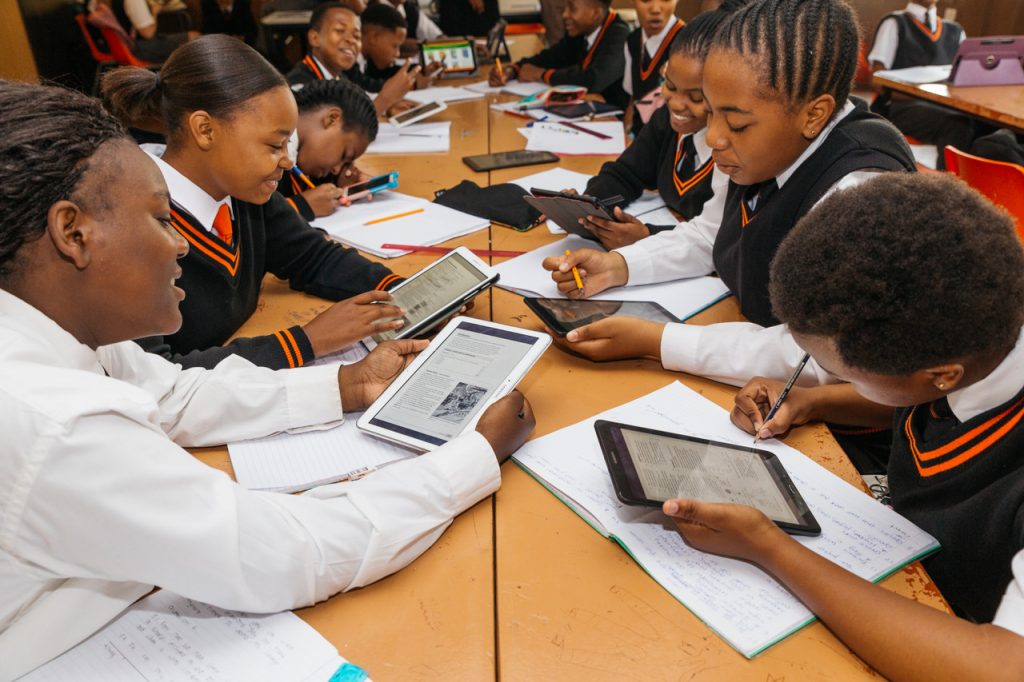GSMA releases a report on the mobile money industry for 2019 with highlights on the biggest trends...
The GSMA has unveiled its annual ‘State of the Industry Report on Mobile Money’, offering a view of the mobile money landscape and highlighting the impact that greater financial inclusion has on lives, economies, and innovation, especially in emerging markets.
The report looks at what one billion registered accounts mean for the mobile money industry, mobile money users, and the future of the mobile money ecosystem. It provides a comprehensive picture of adoption and usage around the globe.
Significantly, the report highlights that 2019 marked a major milestone for the mobile money industry, with over one billion registered accounts and close to two billion dollars in daily transactions. For the first time, digital transactions represented the majority, 57 percent, of mobile money interactions.
The industry is witnessing increasing user trust and relevance. With 290 live services in 95 countries and 372 million active accounts, mobile money is entering the mainstream and becoming the path to financial inclusion in most low-income countries. For consumers, this marks a shift away from cash towards digital payments, for school fees, e-commerce, international remittances, savings, credit, pay-as-you-go utilities, and more.
“Increased mobile connectivity and innovative services such as mobile money are building stronger and more inclusive communities,” said John Giusti, Chief Regulatory Officer, GSMA. “Surpassing one billion mobile money accounts represents a major milestone for an industry that did not exist just over a decade ago. The reach of mobile money agents is now 20 times that of bricks-and-mortar banks. Almost 1.7 billion people remain financially excluded, but the collective strength of the industry holds the potential to ensure that everyone can be part of the new digital economy.”
Biggest Trends in 2019:
A growing number of providers are becoming commercially sustainable;
Direct revenue from mobile money is supporting investment in innovative products and services, network expansion, and healthy and sustainable agent commissions;
The industry continues to invest in distribution networks, with the number of agent outlets almost tripling over the past five years, and the reach of a mobile money agent is now seven times that of ATMs and 20 times that of bank branches;
The digitization of payments has reached new heights with digital transactions representing the majority of mobile money flows (57 percent) for the first time in 2019 (historically, majority of transactions were cash-in and cash-out); and
More value is circulating in the mobile money system than exiting – another industry first.
The report explores the empowerment that comes with owning a mobile money account, for example, more women are using financial services, low-income households are accessing essential utility services, and smallholder farmers are getting paid more quickly and conveniently. Meanwhile, millions of migrants and their families are experiencing the life-changing benefits of faster, safer, and cheaper international remittances, and humanitarian cash assistance is being delivered more thoughtfully to those in crises.
Giusti added, “Regulation that enables low-cost services for the financially excluded has been crucial to the success of mobile money, and there is a clear correlation between an enabling regulatory environment and a high mobile money adoption rate. However, certain policy decisions, such as sector-specific taxation and data localization requirements, are putting pressure on the industry and create a real risk of long-term negative impacts on financial inclusion gains, access to innovative services, and delivery of the SDGs. We are moving in the right direction, and with the right tools, we are a step closer to achieving an inclusive digital future for all.”
Source : www.cio.co.ke




